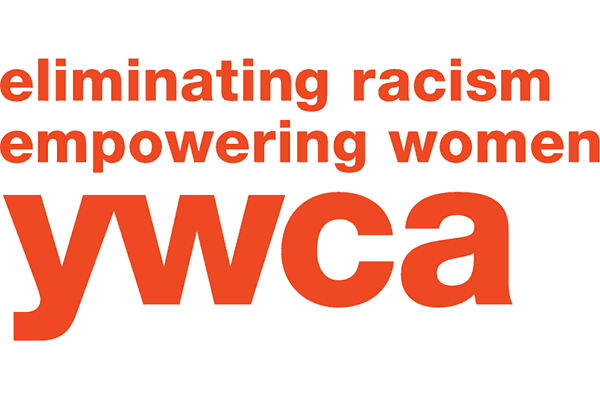The Color of COVID-19 in Cambridge
By Ayesha Wilson and Emily Irving
By now it should be very clear. COVID-19 is not the great equalizer. The COVID-19 pandemic has exacerbated the systemic inequity that has defined American society since it stole the very land under itself. This is no less true at the local level than at the national. Since its founding in 1891, the YWCA Cambridge has been committed to serving the needs of the Cambridge community. We understand that powerful change starts at the local level, and here in Cambridge, the virus has shown a harsh light on the deep inequality that has always festered beneath the city’s veneer of progressive politics. We must do better.
Let’s start with the numbers. The case rate among black residents (168 per 10,000) in Cambridge is nearly triple that of white residents (60 per 10,000). While black residents make up only 11% of the total population in Cambridge, they account for 20% of the city’s COVID mortalities. The neighborhoods with the three highest rates of infection are the Port, Wellington-Harrington, and East Cambridge, followed closely by North Cambridge and Cambridge Highlands, areas which represent a disproportionate amount of the city’s black and brown residents. The higher rates of COVID-19 in these areas are only the latest chapter in a long history of underinvestment and oppression. These same neighborhoods were once classified as “Hazardous” under the Home Owners’ Loan Corporation redlining policies, a label given to neighborhoods “characterized by detrimental influences in a pronounced degree, undesirable population or an infiltration of it.” Without public support for and investment in the expansion of affordable housing and equitable housing policy in Cambridge, housing inequity will continue to harm the city’s black and brown communities.
Source: Cambridge COVID-19 Data Center, accessed June 4 2020
Source: Robert K. Nelson, LaDale Winling, Richard Marciano, Nathan Connolly, et al., “Mapping Inequality,” American Panorama, ed. Robert K. Nelson and Edward L. Ayers, accessed June 4, 2020.
Existing inequalities in Cambridge Public Schools (CPS) have also been intensified during the COVID-19 pandemic. Remote learning requires that students have, at minimum, strong internet and a computer available for their personal use during the day. Students also need space to learn and do homework within their home, preferably one free of noise and distractions. Many students in Cambridge do not have these basic resources to support remote learning until Cambridge Public Schools did the inevitable and expanded educational resources beyond the physical school building, through the distribution of hotspots and laptops. Without an investment in city-wide broadband, access to public education will remain contingent on the uneven resources of individual households. And because the systematic exclusion of black families from wealth creation in the United States means that economic inequality maps onto racial lines, black students in Cambridge will suffer disproportionately from unequal access to distance learning.
Let’s say it one more time. Racial inequality existed in Cambridge long before COVID and will not be solved with a vaccine. At the same time, COVID-19 represents an opportunity to acknowledge this inequity and to commit to meaningful action and policy change at the local level. This approach is in line with the YWCA’s mission of eliminating racism and empowering women. We end this article with a call to take local action:
- Support Black-owned businesses in Cambridge.
- Stay Civically Engaged
- Check if you are registered to vote
- Register to vote. Change your address, or update your name if necessary-- your vote matters!
- Get counted! Fill out the census - it only takes 10 minutes and is available online here.
- Finally, consider donating to the YWCA Cambridge
Ayesha Wilson and Emily Irving are members of the
YWCA Cambridge Board of Directors
